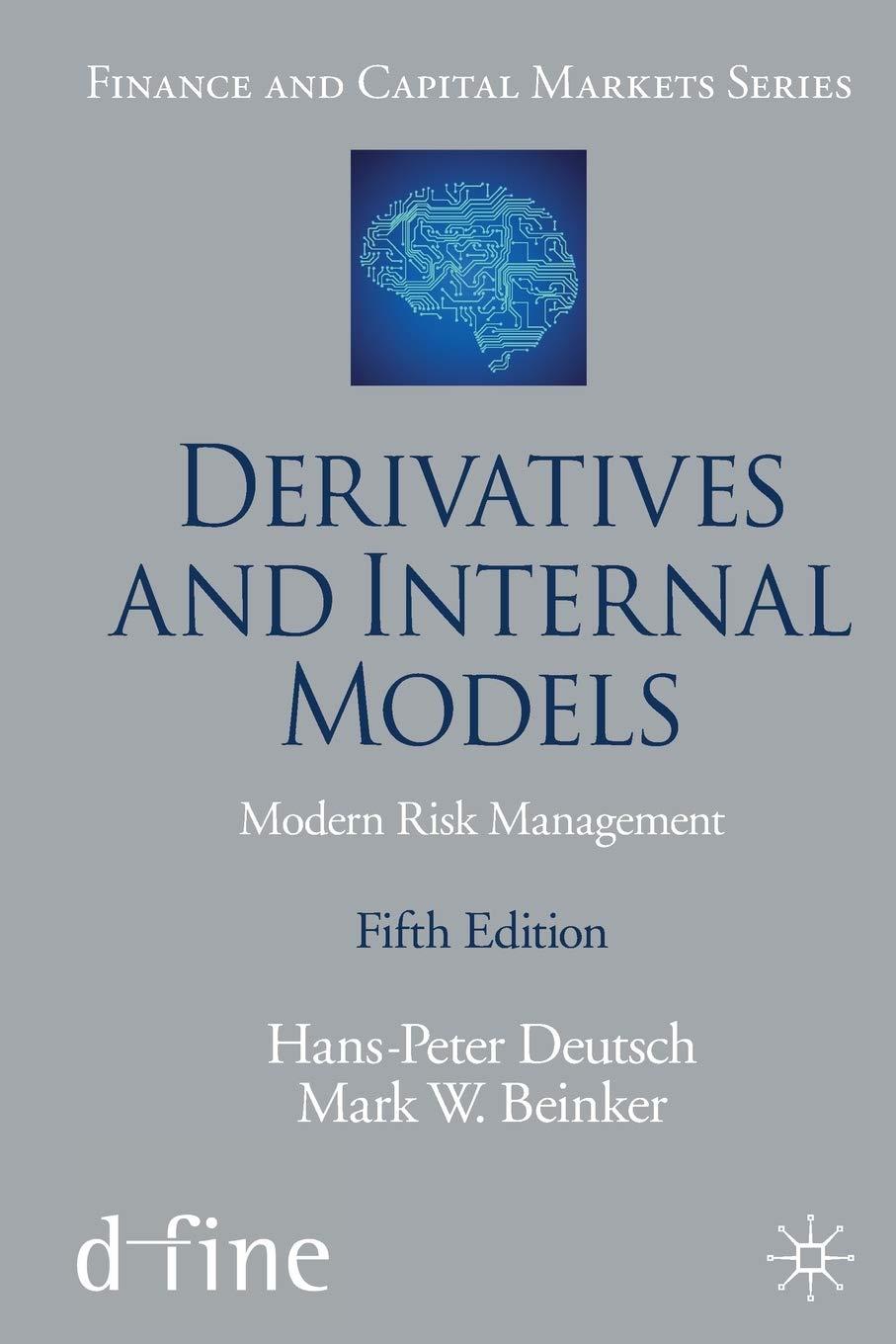Question 2 In order to improve diversification and improve the risk-return trade-off, you convince your client to expand her investment universe to also include foreign equities. The client's maximum tolerance for Std. Dev. remains 6.0 % per year. You recommend the client to invest in the following risky assets: Portfolio of TICKER E) Std Dev Canadian equities EWC 12.10% 20.02% French equities EWQ 13.74% 21.79% German equities EWG 13.40% 21.69% Japanese equities EWJ 13.89% 24.21% Swiss equities EWL 12.31% 18.71% U.K. equities EWU 12.82% 19.23% U.S. Equities ITOT 11.34% 15.35% U.S. Long-term corporate bonds LQD 6.34% 8.40% Risk-free rate 1.78% A. Use excel solver to find the efficient frontier by minimizing the portfolio standard deviation for a given level of expected return. B. Find the optimal risky portfolio P (the portfolio with the highest Sharpe ratio). What is the composition of the optimal risky portfolio? (Written answer required) C. How much should the client invest in each risky asset and the risk-free asset? (Written answer required) D. Is the client better of investing in the risky portfolio obtained in Q1 or Q2? Why/why not? (Written answer required) E. How would your answer to C. chance if the client requires at least 8 % expected return? Question 2 In order to improve diversification and improve the risk-return trade-off, you convince your client to expand her investment universe to also include foreign equities. The client's maximum tolerance for Std. Dev. remains 6.0 % per year. You recommend the client to invest in the following risky assets: Portfolio of TICKER E) Std Dev Canadian equities EWC 12.10% 20.02% French equities EWQ 13.74% 21.79% German equities EWG 13.40% 21.69% Japanese equities EWJ 13.89% 24.21% Swiss equities EWL 12.31% 18.71% U.K. equities EWU 12.82% 19.23% U.S. Equities ITOT 11.34% 15.35% U.S. Long-term corporate bonds LQD 6.34% 8.40% Risk-free rate 1.78% A. Use excel solver to find the efficient frontier by minimizing the portfolio standard deviation for a given level of expected return. B. Find the optimal risky portfolio P (the portfolio with the highest Sharpe ratio). What is the composition of the optimal risky portfolio? (Written answer required) C. How much should the client invest in each risky asset and the risk-free asset? (Written answer required) D. Is the client better of investing in the risky portfolio obtained in Q1 or Q2? Why/why not? (Written answer required) E. How would your answer to C. chance if the client requires at least 8 % expected return







